Top Things to Know Before Buying Large Artificial Outdoor Plants in Pots
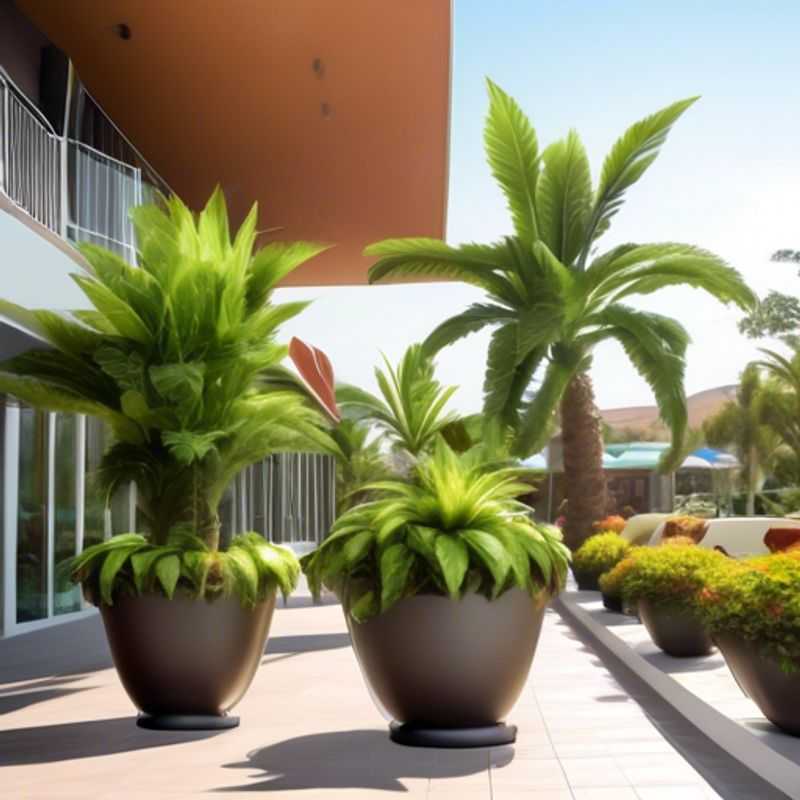
Top Things to Know Before Buying Large Artificial Outdoor Plants In Pots
Thinking about adding some life and greenery to your outdoor space with large artificial plants in pots? It’s a great way to create a welcoming and vibrant atmosphere, but before you dive in, here are a few essential things to consider:
1. Measure Twice, Buy Once: First things first, grab a tape measure and get a good understanding of the available space in your outdoor area. This will help you choose plants and pots that fit properly and don’t overwhelm the space. It's also a good idea to consider the overall flow and how the plants will blend into your existing design.
2.
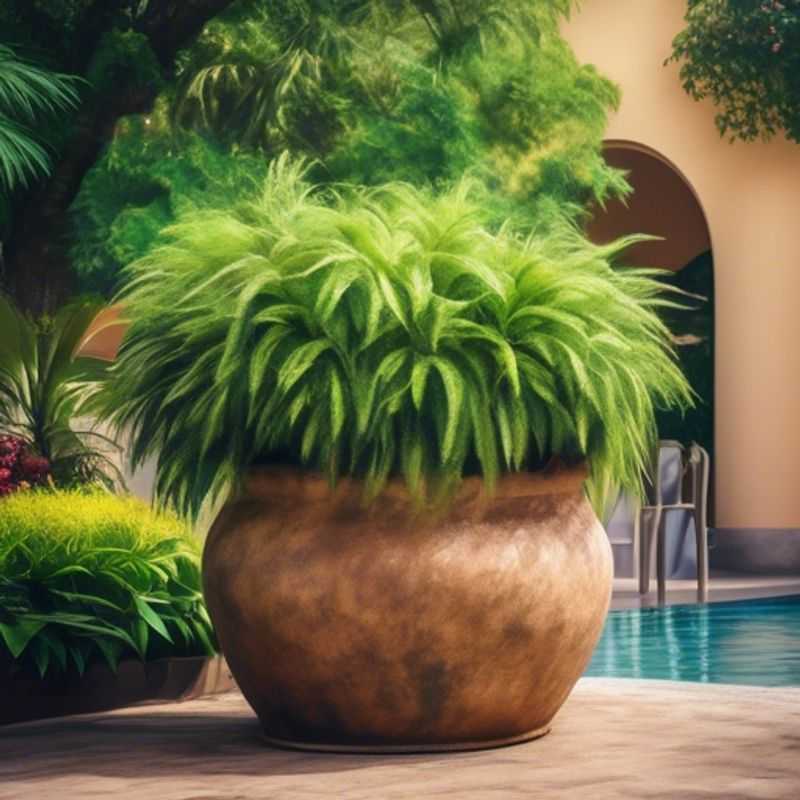
Measure Up: How to Ensure Your Plants Have Plenty of Room to Grow
When planning your outdoor space, accurately measuring the available area is crucial to ensure your plants have enough room to thrive. This prevents overcrowding and allows each plant to reach its full potential.
Before you start planting, measure the length and width of your designated area using a measuring tape. This will help you visualize the space available and how much room you have for different plants. Don’t forget to account for any existing structures, like walls or fences, when calculating the available space.
Consider the mature size of the plants you're interested in. This is especially important for trees and shrubs, which can grow significantly larger than their initial size. Use online resources or gardening books to determine the expected mature height and spread of each plant. Remember, a plant’s mature size is its final size, not the size it is when you buy it.
Use graph paper or a drawing program to create a rough sketch of your area. This allows you to visualize the layout and see how the plants will fit together. You can also use this sketch to calculate the area available for each plant.
Factor in walkways and paths. These need to be wide enough for comfortable movement. Ensure the paths you plan are large enough for you and any garden tools or equipment you might need. You may also want to incorporate some natural elements, such as rocks or gravel paths, to add visual interest to your garden.
You can also consider using a landscape design app to help you plan your garden. Many apps allow you to import photos of your space and then add plants, paths, and other features. This can help you visualize different layouts and make sure everything fits together well.
Remember, this is a simplified guide. It’s always best to consult with a gardening expert or landscape designer if you have any questions about planting or designing your garden. They can provide you with personalized advice and guidance to ensure your plants thrive in your outdoor space.
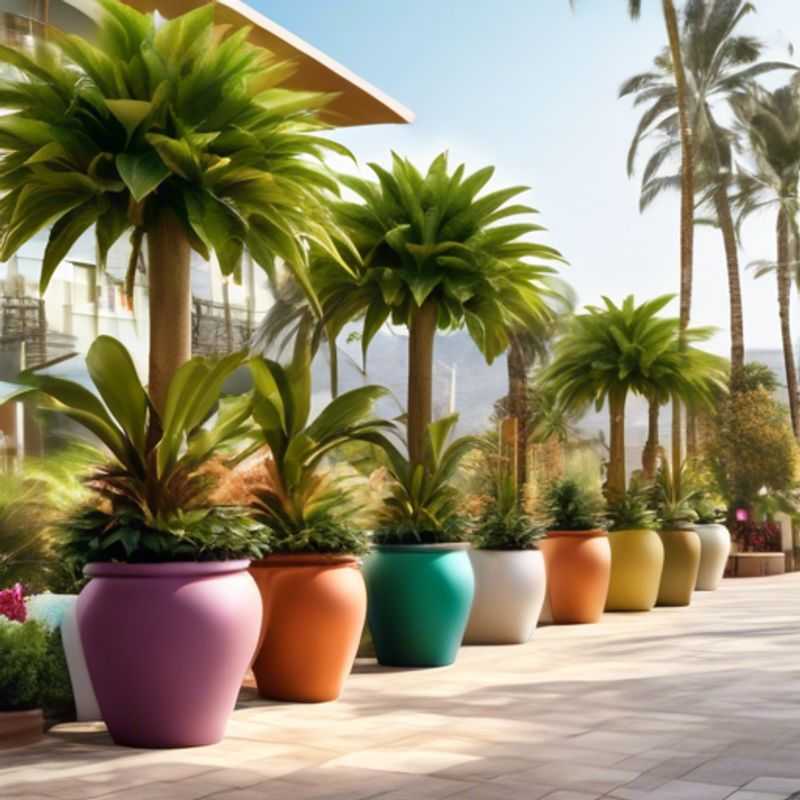
Knowing Your Plants: Research for Success
Before you start planting, it's crucial to research the specific plant species you're interested in. This step helps you understand their unique needs and ensure they thrive in your garden.
Understanding a plant's growth habits, such as its mature size, light requirements, and preferred soil conditions, will help you choose the right location for it and make sure it gets the care it needs.
Researching maintenance needs, like watering frequency, fertilizing schedules, and potential pest or disease issues, will allow you to plan for the necessary care and prevent any problems before they arise.
Investing a little time in research can save you a lot of hassle and heartache in the long run, ensuring a flourishing garden you can enjoy for years to come.
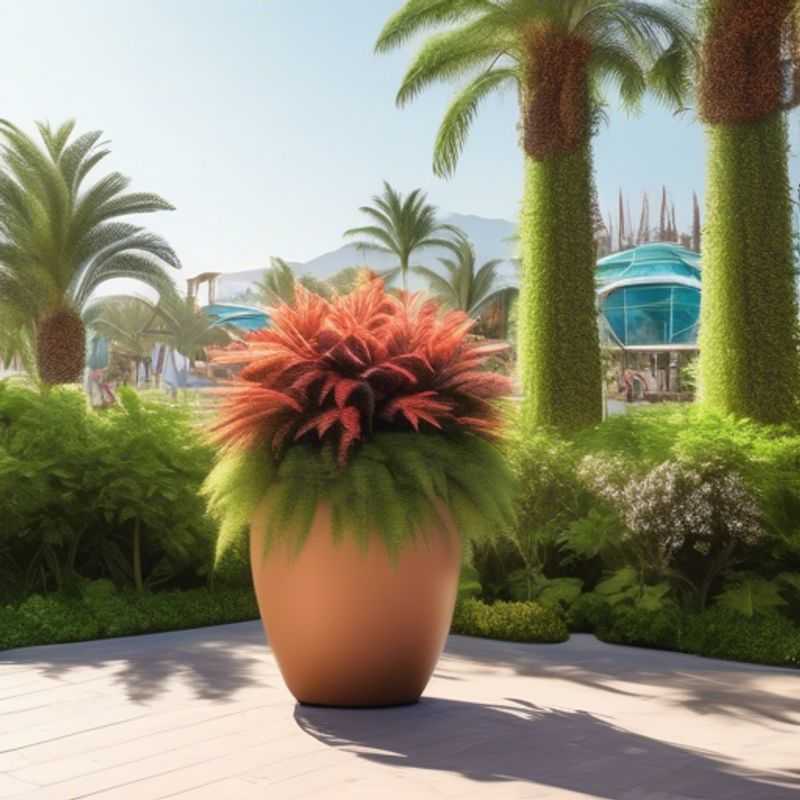
Structural Integrity: Ensuring Your Outdoor Structure Can Handle the Weight of Plants
When designing your outdoor space, remember that plants and pots can be surprisingly heavy. Don't underestimate their weight! You need to make sure your outdoor structure (like a deck, patio, or pergola) can handle the load. A heavy planter on a flimsy structure could lead to a collapse, which is dangerous and expensive to fix.
Here's how to assess the weight and make informed choices:
1. Factor in the pot: Pots, especially larger ones, add significant weight. Consider materials like terracotta or concrete, which are heavy. Lightweight materials like plastic are better if you're worried about weight.
2. Think about the soil: Wet soil is heavier than dry soil, so factor in the weight of the soil when the plants are fully watered.
3. Know your plants: Some plants are naturally heavy, like large trees or dense shrubs. Research the mature weight of the plants you choose.
4. Consider the structure: If you're unsure about the weight capacity of your outdoor structure, consult a structural engineer for professional advice. They can assess the strength and recommend necessary adjustments.
By understanding the weight of your plants and pots, and ensuring your structure can support them, you'll be able to create a beautiful and safe outdoor space that you can enjoy for years to come.
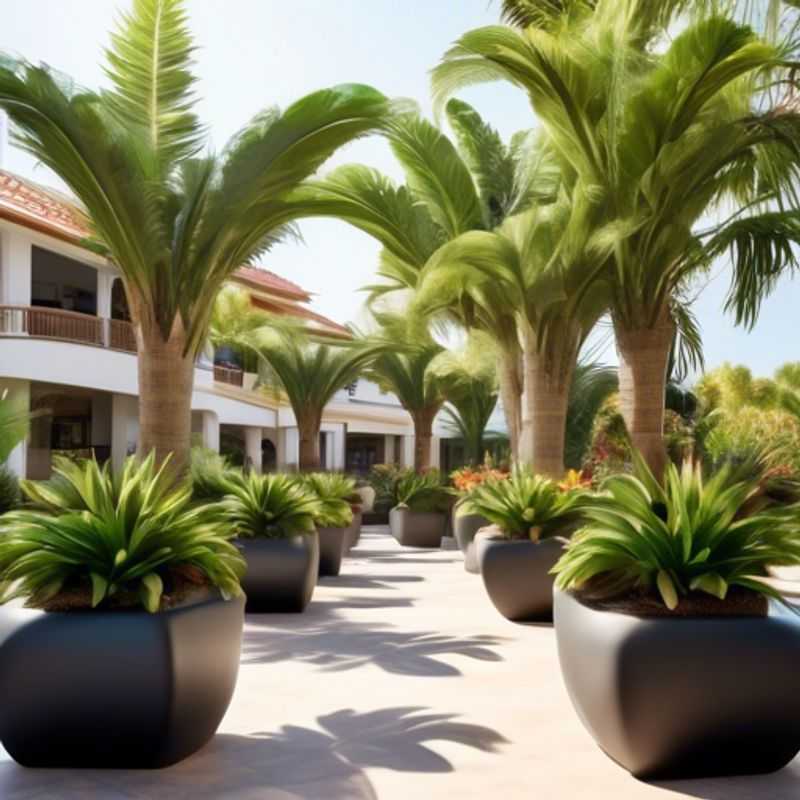
Weatherproof Your Home: Choosing Materials That Stand the Test of Time
When designing outdoor structures, selecting weather-resistant materials is crucial for long-term durability. Choosing materials that can withstand the elements in your climate will prevent damage, reduce maintenance costs, and ensure the safety and functionality of your project.
For areas prone to rain and humidity, consider materials like stainless steel, galvanized steel, or pressure-treated lumber. These materials resist rust and decay.
In sunny climates, light-colored materials can reflect heat, keeping the structure cooler and reducing energy costs.
For snowy or icy conditions, materials like concrete or stone are excellent choices for their durability and resistance to freezing temperatures.
When choosing materials, it's important to consider the specific requirements of your location and any potential hazards, such as strong winds or salt spray. Consulting with a structural engineer can provide valuable insights and ensure your project meets safety standards.
Remember, investing in weather-resistant materials is a long-term investment that will protect your structure and minimize future maintenance costs.
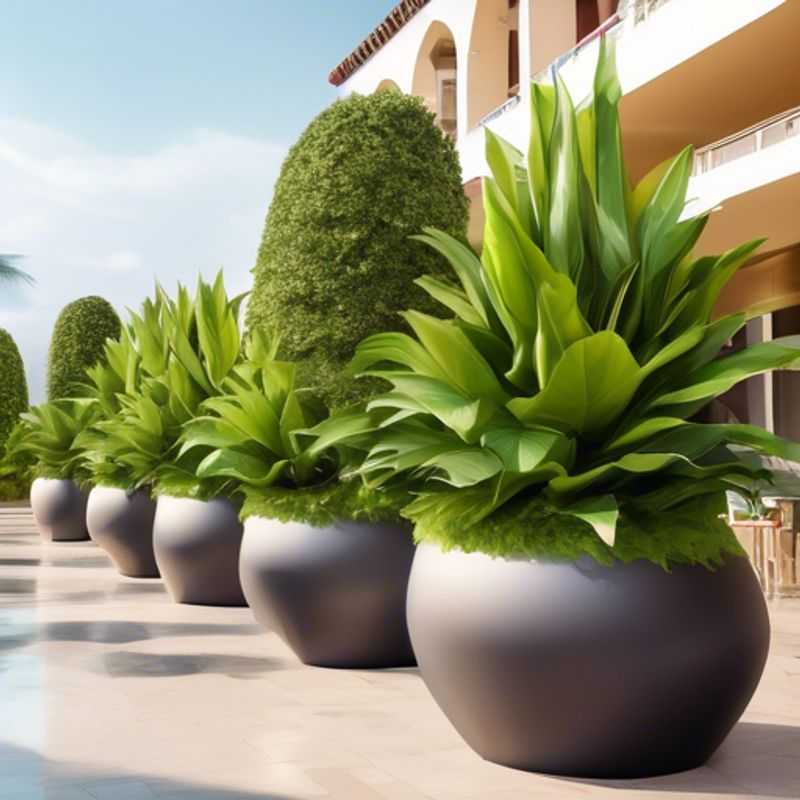
Don't Let Pests or Damage Ruin Your Plants: A Pre-Purchase Inspection Guide
Before purchasing plants, carefully inspect them for any signs of damage or pests. This will help ensure that you're bringing home a healthy plant that will thrive in your care. Here are some things to look for:
Damage: Look for any signs of wilting, yellowing, or browning leaves. Check for broken stems or branches, and feel for any soft spots or rot.
Pests: Inspect the leaves, stems, and undersides of leaves for any signs of insects, such as aphids, spider mites, or mealybugs. Look for tiny webs, holes in leaves, or sticky residue. You might also look for signs of eggs or larvae.
If you find any signs of damage or pests, it's best to choose a different plant. If you're unsure about something, don't hesitate to ask a staff member for help.
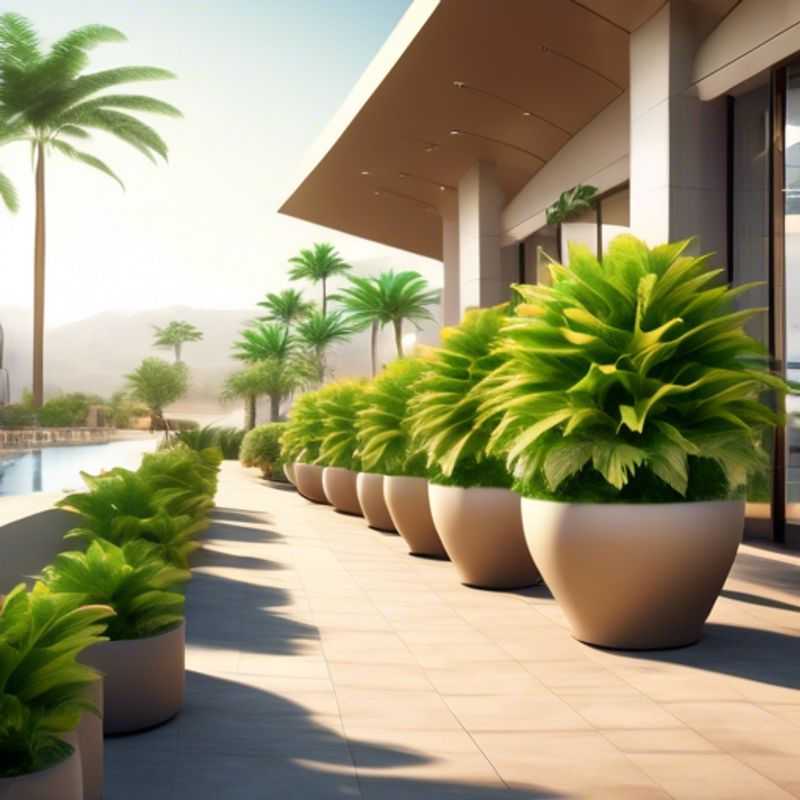
Don't Forget the Extras: Factor in Soil, Fertilizer, and More
When planning your garden, remember to factor in the cost of soil, fertilizer, and other accessories. These expenses are crucial for healthy plant growth and overall success. Soil is the foundation of your garden, providing essential nutrients and structure. Choosing the right type of soil for your plants is vital. Fertilizer replenishes nutrients depleted by plant growth, promoting healthy foliage and blooms. Different fertilizers are suitable for various plant needs. Additionally, consider the cost of tools, pots, seeds or seedlings, and any other gardening essentials. These expenses may vary depending on the size and scope of your garden. Research local prices for soil, fertilizer, and accessories to get an accurate estimate. This will help you budget effectively and ensure a successful garden experience.
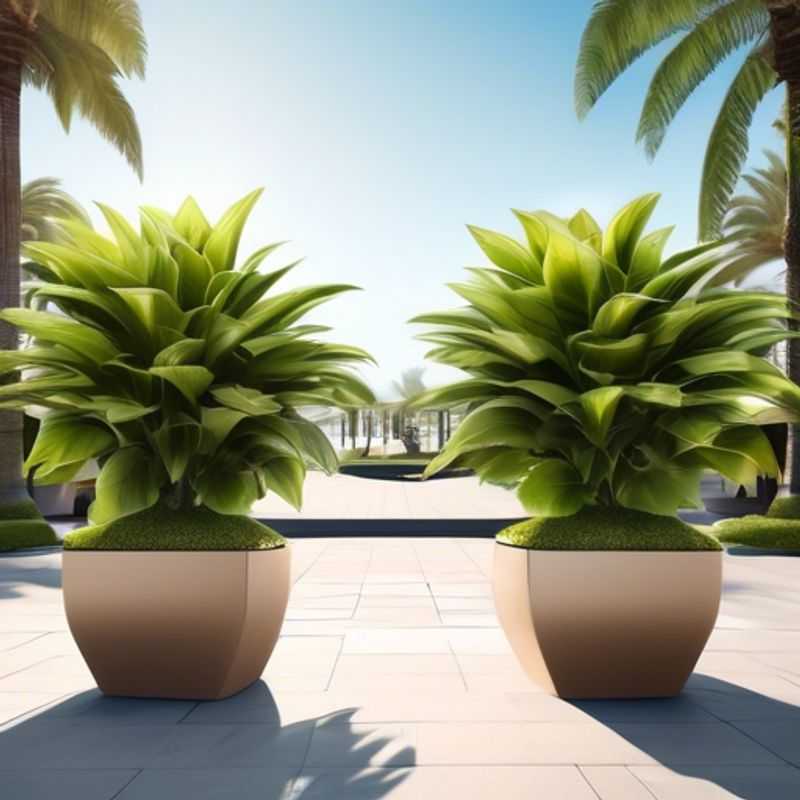
Customer Reviews: Your Secret Weapon for Quality and Durability
Customer reviews offer invaluable insights into the quality and durability of products. By reading reviews, you can gain a comprehensive understanding of a product's strengths and weaknesses, helping you make informed purchasing decisions.
Reviews provide real-world feedback from users who have experienced the product firsthand. This firsthand experience is crucial, as it reveals how the product performs in actual use. For example, you can learn about the product's build quality, functionality, and longevity through customer reviews.
Reviews also help you understand a product's pros and cons, allowing you to weigh the advantages and disadvantages before making a purchase. This can save you time and money by preventing you from buying a product that does not meet your needs.
While customer reviews can be a powerful tool, it's important to be aware of potential biases. Some reviews may be influenced by personal preferences or incentivized by companies. Always read reviews critically and consider the overall consensus to form a balanced opinion.
